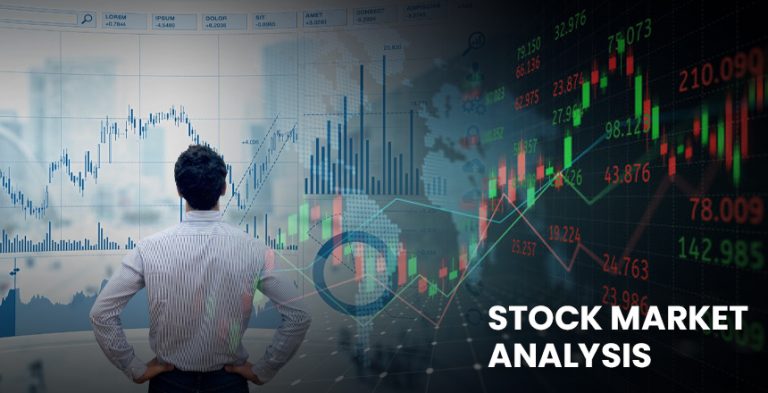Let’s assume that a company holds a wealth of data, including sales results, website visits, what customers say and reactions on social media. What is the best use for all this information?
- A Data Analyst separates the data, removes anything unnecessary and searches for patterns for making decisions.
- The job of a Data Scientist is to design models that can guess the future or take charge of making decisions automatically.
- Consider analysts to be translators who analyze and scientists as people who come up with innovations.
What is the job description for a data analyst?
Most important aim: Explaining by what means and why the event took place.
By checking older data, a data analyst finds trends, gives answers and allows businesses to take guided actions.
Common tasks you will do are:
- Taking care of raw data by cleaning and keeping it organized
- I can analyze data using Excel, SQL or Tableau.
- The ability to make dashboards and reports
- Discovering trends and understanding what they mean (such as “Last quarter’s sales were down by 10%.”)
- Sending senior managers insights and data
Who has the right skills & tools:
- Excel
- SQL
- use Tableau and Power BI for creating visualizations.
- Basic statistics
- More often than not, users are utilizing Python or R
An example in the real world would be:
User behavior on an online store may be examined by a data analyst and their findings can lead to improved designs that attract more sales.
What Does a Data Scientist’s Work Involve?
Main aim: Forecasting outcomes and constructing systems that get better with time.
A data scientist relies on machine learning, statistics and programming when building models to draw insights or predictions.
Typical things to do in this job are:
- Developing computer models able to predict sales or discover fraud
- Developing machine learning models
- The use of big data and difficult datasets
- Running experiments through A/B testing and similar tests
- Developing tools and systems for permanently analyzing data
Tools & Skills Suggestion
- Specifically, with help from the libraries Pandas, scikit-learn and TensorFlow
- R
- SQL
- Machine Learning
- Software such as Spark and Hadoop are called Big Data tools.
- Advanced statistics and mathematics
- Knowledge about data engineering for putting models into action
Let’s look at an everyday example now:
- A data scientist might set up a system that modifies the shopping app experience for each user—much like you see with Netflix and Amazon.
Side-by-Side Comparison
| Feature | Data Analyst | Data Scientist |
| Goal | Understand the past | Predict the future |
| Approach | Descriptive analytics | Predictive & prescriptive analytics |
| Tools | Excel, SQL, Tableau | Python, R, ML libraries |
| Coding | Minimal to moderate | Heavy and essential |
| Statistics | Basic to intermediate | Advanced |
| Machine Learning | Rarely used | Core part of the role |
| Business Focus | Strong | Also strong, but with more technical depth |
| Entry Barrier | Lower | Higher (often requires advanced degree or experience) |
How can you tell which cooking role is best for you?
- You can expect to find strong job growth in both occupations. Which strength or interest you choose is your guide.
- Are you like many data analysts, working with team members, crafting charts and asking “why”?
- Think you’d enjoy coding, working with algorithms and solving complex problems? → Data Scientist
- Some professionals begin by analyzing data and later advance into being data scientists when they develop expertise with Python and machine learning.
Final Remarks
Sometimes, in smaller companies, their roles are similar, but learning the difference guides your choice of career.
- Data Analysts explain what is taking place within a company.
- Data Scientists look at data to predict future events.








